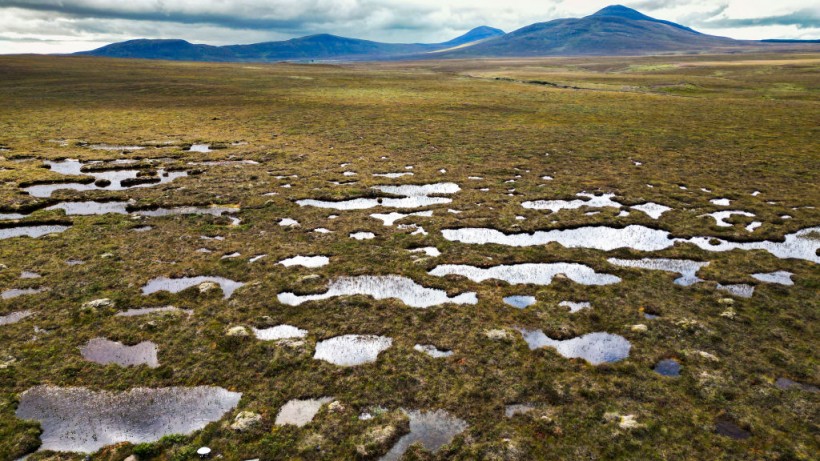Rising temperatures have a significant impact on the role of peatlands as carbon sinks against climate change effects, according to a recent report. However, increasing global temperatures can become challenging for peatlands due to changes in microbial food webs and environmental change.
According to an IUCN report, peatlands are important for communities and the environment for climate change mitigation. The wetland habitat can help with carbon storage, minimizing the impacts of rising temperatures.
Although damaged peatlands can contribute to greenhouse gas emissions, the report shows that peatland still plays a role in combating climate change. Restoration of peatlands is essential for biodiversity and mitigating deadly floods.
In a recent report, researchers from Duke University studied peatlands and climate change impacts. Climate change can alter the microbial food web in peatlands. In addition, increasing temperatures bring significant damage to its role as a carbon sink.
As a result, understanding the peatland's role and stressors is essential to offering new insights into restoration, mitigation, and protection efforts to prevent damaged peatlands.
Rising Temperatures and the World's Peatland

(Photo : by Jeff J Mitchell/Getty Images). Rising temperatures can threaten peatlands role as carbon sinks. Researchers also discovered that warming event can alter the peatland microbial food webs. Report shows that peatlands can play a crucial role in preventing drought and seawater intrusion.
The research report was published in Global Change Biology. Part of the study is to observe the protist behaviors found in the mosses of peatlands. Despite their ecological and environmental importance, peatlands have suffered from climate change and rising temperatures.
Intensifying climate change can dry peatlands, impacting their productivity as carbon storage. When peatland is damaged or degraded, it can contribute to greenhouse gas emissions.
Furthermore, the researchers studied the small creatures in peatland, known as protists. The findings revealed that protists can change from feeding habitats depending on the effects of CO2 and the warming trend, with
"The protists started behaving in ways that we didn't expect," Christopher Kilner, who is a doctoral student, said, as quoted in the report.
The researchers employed a long-term whole-ecosystem warming experiment to better understand the effects of the warming trend on Eukaryotes (protists).
In addition, peatland emissions are from Southeast Asia due to a lack of management and conservation, with drained peatlands can emit more carbon. As a result, restoration efforts to save damaged peatlands are important to mitigate climate change.
Also Read: Extreme Drought Impacts Important Peatlands Carbon Sinks That Fight Climate Change
Other Threats to Peatlands
While peatlands hold an environment important against climate change and protecting biodiversity, agriculture, mining, and land development have continued to threaten.
In a recent report, 15% of global peatlands have become widely affected and drained. Restoring peatlands can make a gigantic contribution to the world by preventing 394 million tons of carbon dioxide.
Meanwhile, the decline in peatlands can worsen drought. Some of the peatland areas are also severely impacted, leading to erosion.
Related Article: Drained Peatlands in Southeast Asia Emit More Carbon Than Estimated
For more similar, don't forget to follow Nature World News
© 2024 NatureWorldNews.com All rights reserved. Do not reproduce without permission.

![Tsunami Hazard Zones: New US Map Shows Places at Risk of Flooding and Tsunamis Amid Rising Sea Levels [NOAA]](https://1471793142.rsc.cdn77.org/data/thumbs/full/70325/280/157/50/40/tsunami-hazard-zones-new-us-map-shows-places-at-risk-of-flooding-and-tsunamis-amid-rising-sea-levels-noaa.jpg)



